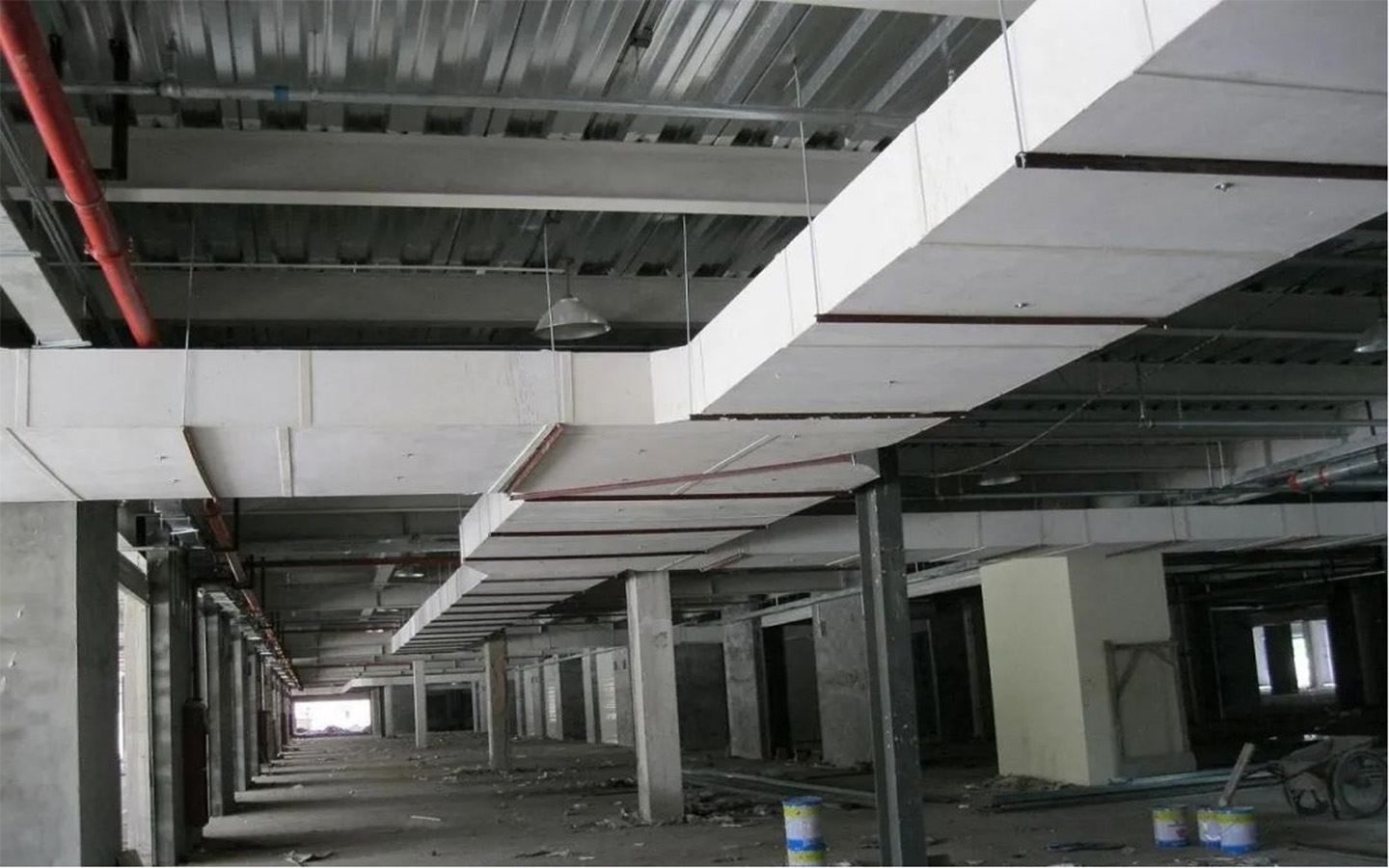
Knowledge about the thickness of galvanized air duct sheets
Processing of plate thickness includes: marking the dimensions of vent ducts and fittings, using the outer dimensions to calculate rectangular ducts, and using the outer diameter dimensions to calculate circular ducts. The thickness of thin steel plates, galvanized steel plates, aluminum plates and stainless steel plates used for ventilation ducts is generally 0.5~2mm. After unfolding, the impact on the size is very small and can be ignored when unfolding and sampling. However, for thick-walled air ducts and components with special requirements, when the wall thickness is greater than 2mm, the influence of the wall thickness must be considered. That is to say, for the expansion and cutting of circular air ducts, it should be taken into account when calculating the pipe diameter. Intermediate diameter (outer diameter minus wall thickness or inner diameter plus wall thickness). For rectangular pipes, the expansion is still calculated based on the outer size of the pipe.
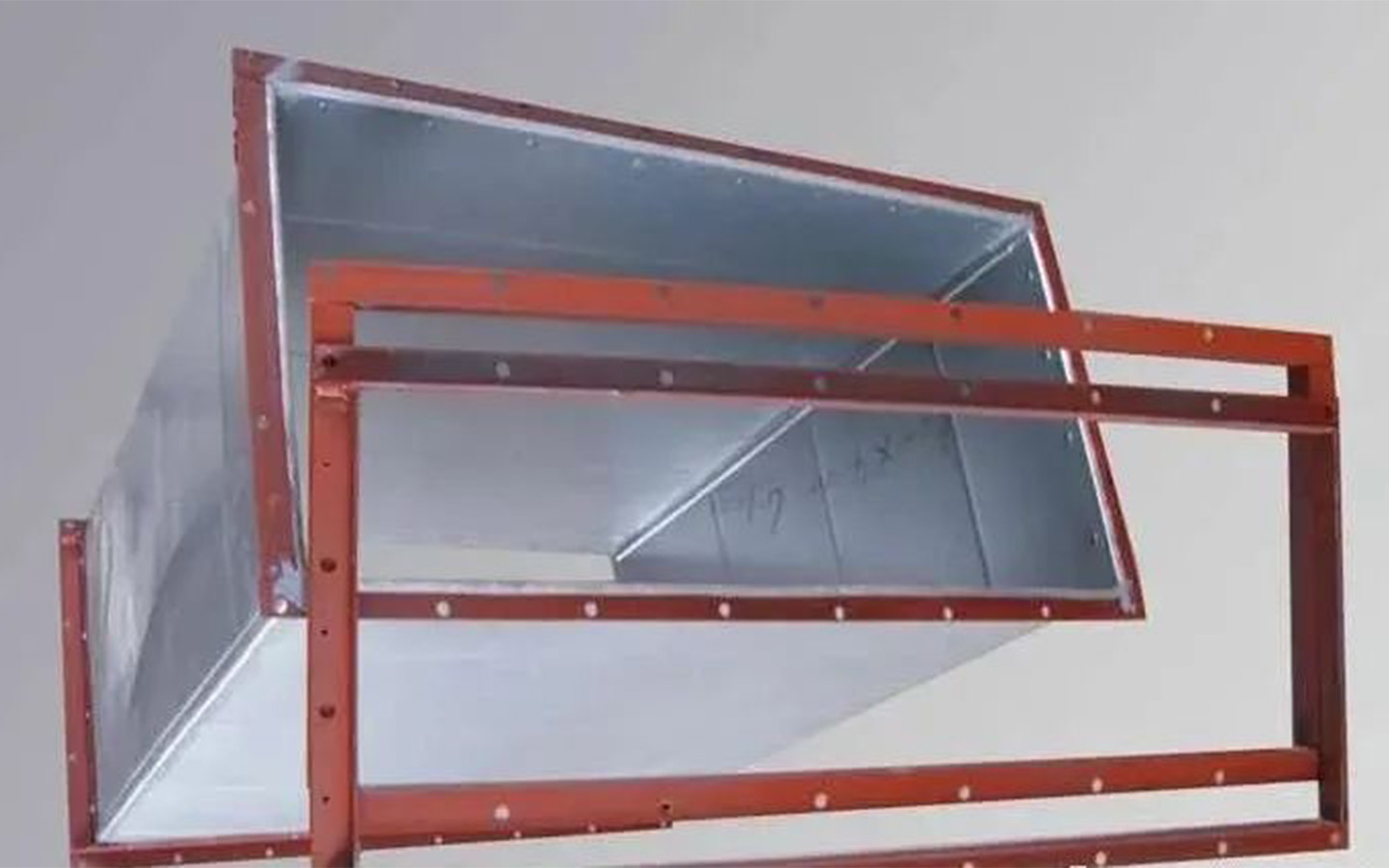
Introduction of sheet metal
1. Thin steel plate
Thin steel plate is the main material for manufacturing ventilation ducts and components. Ordinary sheets and galvanized steel sheets are commonly used. Its specifications are expressed as short side, long side and thickness. The thickness of commonly used thin plates is 0.5×4mm, and the specifications are 900 mm×1800 mm and 1000 mm×2000 mm.
The thin steel plates used to manufacture air ducts and pipe fittings are required to have a smooth surface, uniform thickness, and no cracks and scars, and should be properly stored to prevent rust.
(1) Ordinary thin plate
There are two types of ordinary thin steel plates: thin plates and coils. This kind of steel plate belongs to Class B steel plate, which is a cold-rolled and hot-rolled steel plate of Q235B steel. It has good processing performance, high mechanical strength and low price.
(2) Galvanized steel plate
The thickness of galvanized steel sheet is generally 0.5×1MM. The length and width of galvanized steel sheets are the same as ordinary thin steel sheets, 5mm. Galvanized steel panels have a protective layer on the surface to prevent corrosion and generally do not need to be painted. The requirements for this kind of steel plate are that the surface is smooth and clean, and the thickness of the galvanized layer should not be less than 0.02 mm. It is mainly used for acid-proof and moisture-proof air duct systems, and the effect is good.
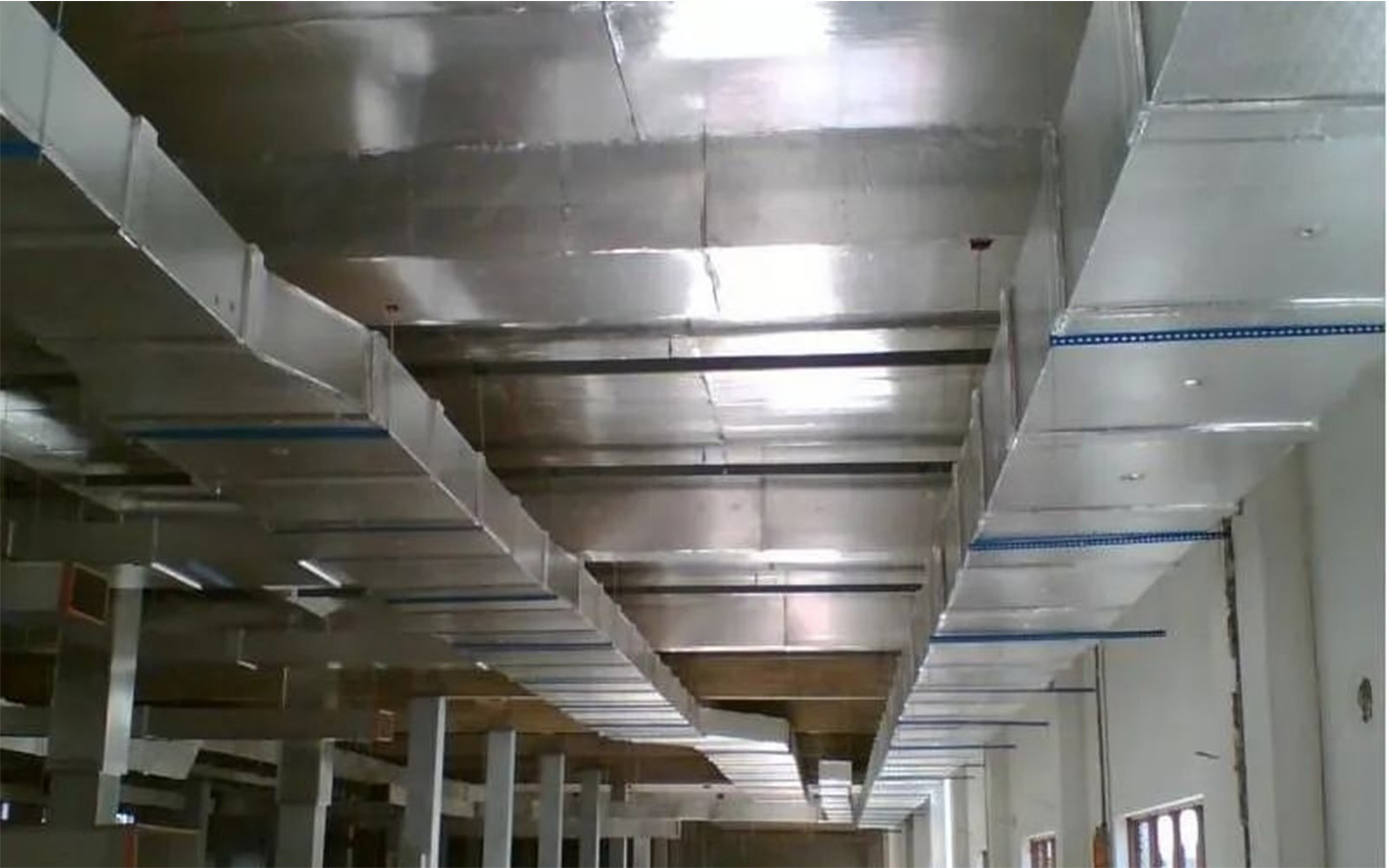
2. Stainless steel and aluminum plates
(I) Stainless steel plate
1. It has high plasticity, toughness, mechanical strength and corrosion resistance. It is a stainless steel commonly used in chemical corrosion-resistant air duct systems.
2. The main element of stainless steel is chromium, which has high chemical stability. A passivation film is formed on its surface to protect the steel plate from oxidation and improve its corrosion resistance.
(3) Stainless steel is easy to bend during cold working. When hammered, it will cause internal stress and uneven deformation, thereby reducing the toughness of the stainless steel plate, increasing its strength, and making it brittle and hard.
(4) When stainless steel is heated to 450℃~850℃, the steel will deteriorate, harden and crack after slow cooling.
(2) Aluminum plate
1 Aluminum plates include pure aluminum plates and alloy aluminum plates, which are mainly used in chemical ventilation projects.
2 Aluminum plates have the advantages of beautiful color, low density, good plasticity, and strong acid resistance, but they are easily corroded by hydrochloric acid and alkali and have good chemical corrosion properties.
(3) Aluminum alloy aluminum plates have high mechanical strength and poor corrosion resistance. Most of the aluminum plates used in ventilation projects are pure aluminum plates and annealed aluminum alloy plates.
Since the aluminum plate is soft and there are no sparks in the collision, it is mainly used as ventilation ducts with explosion-proof requirements.
(3) Plastic composite board
If you stick or spray a plastic film on a regular steel plate, you become a plastic composite steel plate. It is characterized by corrosion resistance, bending, biting, drilling and other processing properties.
Plastic composite steel plates are often used in air cleaning systems and ventilation and air conditioning systems with temperatures ranging from -10°C to 70°C.
Plastic composite steel plate specifications include: 450mm×1800 mm, 500 mm×2000 mm, thickness 0.35≤, 0.7mm≤1000 mm×2000 mm, thickness 0.8~2.0mm, etc.
(1).Non-metallic sheets
1.PVC plastic board
The main results are as follows: (1) It has good corrosion resistance and generally does not react chemically with acids, alkalis and salts, but shows instability under the action of concentrated nitric acid, fumigated sulfuric acid and aromatic hydrocarbons.
(2) High strength, good elasticity, poor thermal stability. The strength decreases at high temperatures and becomes brittle. It is easy to crack at low temperatures. It is in a soft state when heated to 100℃~150℃. When heated to 190℃~200℃, it can be broken under small pressure. combined with each other.
(3) Due to the different longitudinal and transverse properties of the board, there are residual stresses inside. When manufacturing air ducts and components, they need to be heated and cooled to produce shrinkage. The total longitudinal shrinkage and transverse shrinkage are 3% ≤ 4 respectively. % and 1.5%≤2%.
(4) The density of PVC plastic board is 1350~1450 kg/m3. In ventilation and air-conditioning projects, this kind of plate is mainly used to transport corrosive gases such as acids, alkalis, and salts, and can also be used to clean air-conditioning systems.
Regarding the requirements for plastic sheets, the surface should be smooth, thin, and uniform, without defects such as bubbles, cracks, and delamination.
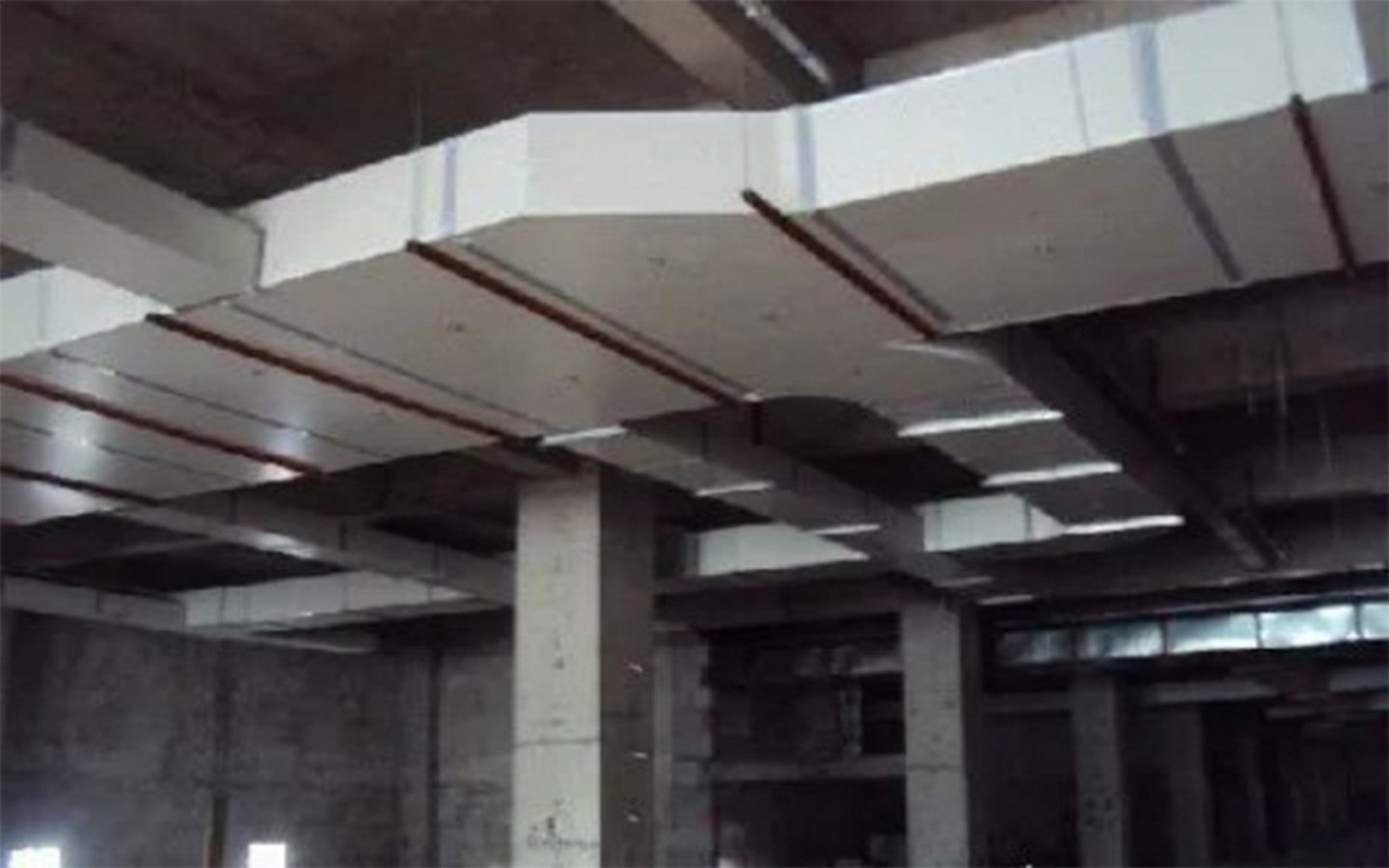
3. Glass fiber reinforced plastic plate
The main research results are as follows: (1) In ventilation projects, the commonly used glass tubes are not made of fiberglass, but are hand-made using plates or thin steel plates as molds.
(2) During operation, first apply adjusted resin on the mold bread layer of transparent cellophane, and then apply a layer of glass cloth. Each layer of resin should be coated with a layer of glass cloth. The cloths should be staggered, and the final layer should be The surface of the outer glass cloth should also be coated with a thin layer of resin.
(3) The air duct is integrated with the flange. The flange should be prepared in advance and added during the resin coating process to bond it with the air duct. After curing for a period of time, the entire air duct can come out and reach a certain strength. .
(4) The synthetic resin used in the manufacture of glass tubes and pipe fittings should be selected according to the design requirements for acid resistance, alkali resistance, self-extinguishing and other properties. The filler content in the synthetic resin should comply with the requirements of the technical documents.
(5) The content and specifications of the glass cloth should meet the design requirements. The glass cloth should be kept dry and clean and should not contain wax. The laying and stitching of glass cloth should be staggered and should not overlap.
(6) Insulated glass tubes can form interlayers on the pipe wall. The interlayer material can be made of rock wool, polystyrene, polyurethane foam, honeycomb paper and other insulation materials. The interlayer thickness and material should be selected according to project needs.
(7) The inner surface of fiberglass ducts and accessories should be smooth and smooth, the surface should be flat and beautiful, the thickness should be uniform, the edges should be free of burrs, there should be no bubbles and delamination, and the resin curing degree should reach more than 90%.
(8) The flange must be integrated with the air duct or accessories and must be perpendicular to the air duct, and the allowable deviation of the flange plane shall not be greater than 2mm.
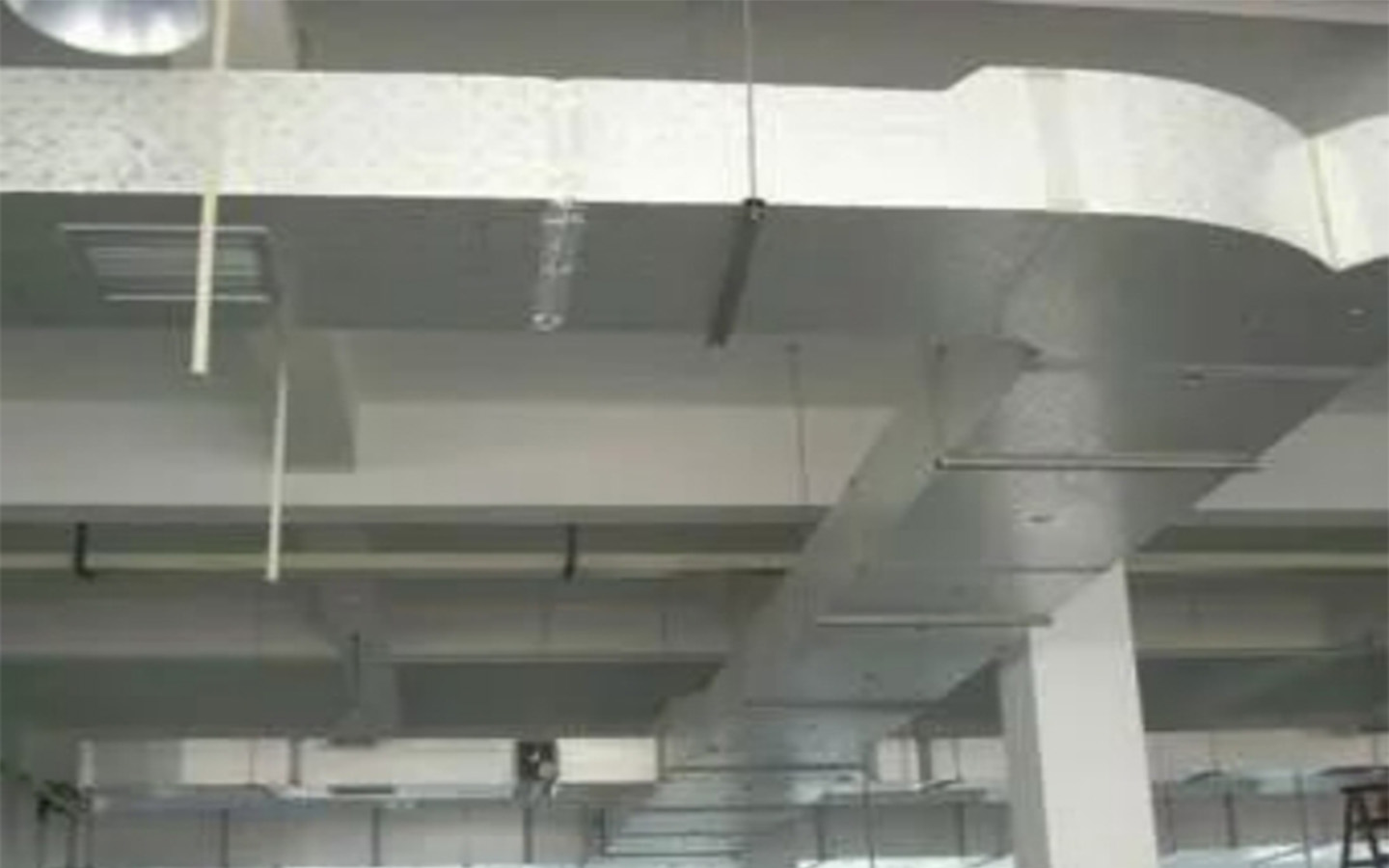

 Español
Español Русский
Русский Tiếng Việt
Tiếng Việt 中文
中文 suomi
suomi Français
Français Português
Português English
English Deutsch
Deutsch Français
Français Español
Español Italiano
Italiano Português
Português Pусский
Pусский


